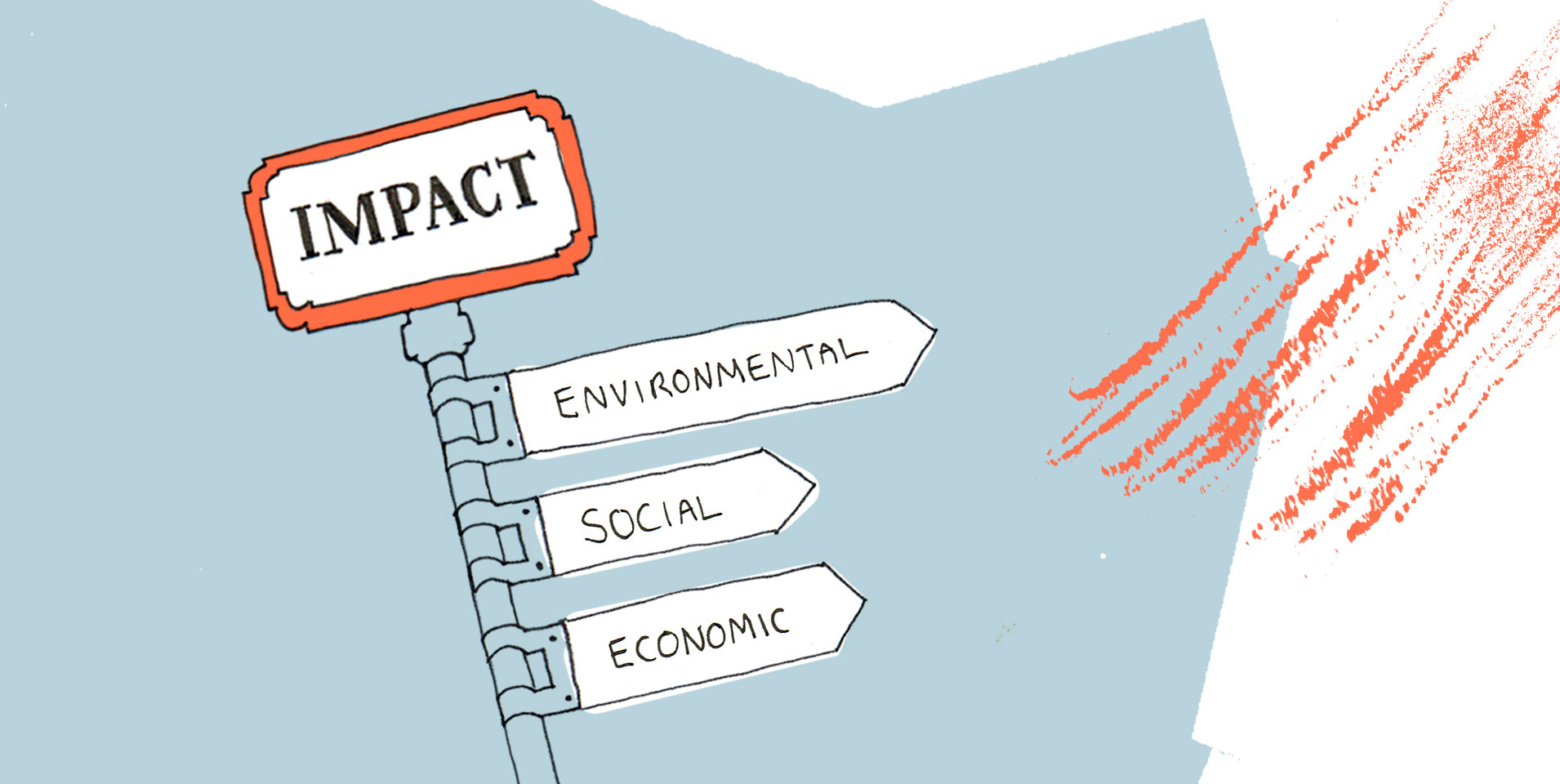
Last month we shared our thinking about purpose in the era of COVID-19. Is it dead, or ever more important to companies developing strategy and repositioning for growth and recovery? We’re pretty sure it is very much alive with anxious consumers and citizens wary of corporate intentions but hoping for leadership and a way forward.
With that platform, how can companies design their futures?
Of its time.
Shared value is the thinking and practice for our times. Years in development, we now face the perfect conditions for companies that want to make social and environmental impact a growth strategy.
As consumers, citizens and employees, we are all sold on the economic fundamentals. Capitalism might still need fixing, but we know the value of money in our system.
However, we have learned something about ourselves and our communities, that we want to hold onto; and, with fire blackened forests circling our major cities, we know the health of our natural environments is not up for negotiation.
Most companies will retain core business models. So, shared value is about sense checking current enterprise and market strategy to make sure it is relevant, as well as driving innovation to take advantage of new settings or consumer attitudes.
Because of its dual focus on financial returns and social/environmental returns, it is an approach that rapidly defines the most prospective directions and focus areas for investment. That means, lower risk of failure and highest chance of success.
We promote the use of co-design techniques with consumers, end users and employees. The people with lived experience know what they need and the experience they seek. They will also convey the ethical standards and expression of sociocultural values they expect – these are the dimensions of customer and employee relationships that traditional research misses, at peril.
We don’t test concepts, we co-create them.
An adaptive model.
Good models exist. It is how apply use them, with a deep and diverse understanding of context, that surfaces the most important insights, directions and ideas for development.
We used a blended model to create efficiency and optimise the potential for success, enabling previous research and strategy to inform the early design phase, before moving to ideation and prototyping.
Shared value thinking guides information collation and mapping; it also supports development of decision-making matrices for assessing initiatives.

1. Shared value mapping
The first phase is to arrive at focus or challenge areas. In workshops with company leaders, key customer representatives and subject matter experts:
- Agree settings and challenges and/or opportunities facing the company and its customers
- Use a shared value framing to map competencies, needs and settings (challenges or opportunities arising in the market, community context, supply chain or within the organisation)
- Prioritise a short list of directions based on ease of development and potential impact
- Set challenges and directions
- Define high-level impact metrics
- Define design and delivery partners (commercial, knowledge and community/advocacy)
At the end of this first stage you should had defined, with enough detail, opportunities the company can address with its unique mix of competencies, assets and market presence, the outcome of which will be financial returns (revenue and/or margin growth, or cost reductions) and measurable environmental and/or social impact (e.g. health and wellbeing, social inclusion).
2. Strategy and initiative co-design
The second phase is to move ‘out and in’. With the beneficiaries of your strategy and initiatives, explore:
- the full range of factors and systems influencing behaviours and decision-making;
- market context including competition, likely reform, digital technology and disruption, value chains and other, market distortion trends;
- business readiness and the constraints that need to be applied.
To do this, establish co-design group – your initial group plus a broader representative set of customers and end users. Virtual tools enable you to bring in a diverse mix of participants to enrich your understanding and help you focus on the acute areas of need.
- Run a double diamond co-design approach, and emerge with a clear, multidimensional perspective on your market and customer behaviour.
- Map out the organisation and delivery model, including external partner roles.
- Surface the risks and constraints, and define how they support strategic focus
- Define the intended impacts (consider using theory of change) and metrics
- Produce a high level roadmap describing key activities and outcomes at milestones.
An oldie but a good, the Strategyzer business model canvas will act as a useful means to develop a credible business case.
3. Pilot and launch
Unless you are tone-deaf in your communications, have a poor record on ethics, or your organisation lacks the leadership required, an initiative that achieves social impact will always be given the benefit of the doubt. Business is trusted to be competent, but empathy and genuine purpose are attributes citizens question.
So, it is vital to get the narrative and communications right. And, through piloting and expansion, to share the evidence and bring people on the journey. That looks like reporting against key metrics, storytelling with beneficiaries and celebration of milestones.
In darker times, we yearn for good news. Companies creating prosperity should be celebrated.

